If there’s one thing that drives a project forward while keeping everyone working toward the same goals, it’s good communication.
At some point or another, all agencies encounter communication breakdowns.
You think a project is moving along beautifully only for it to hit a sudden stall as you come up against an (occasionally angry) brick wall.
When good projects go bad, it can lead to reduced productivity, duplication of work, costly misunderstandings, and considerable financial damage. Just think about these statistics:
Only 2.5% of companies successfully complete 100% of their projects on time, within budget, and to scope; and 57% of projects fail due to a breakdown in communication.
To sidestep these familiar traps, it is essential for businesses to be sure they are on the same page as their clients.
So how do you avoid these potential difficulties and make sure that open communication channels are maintained?
To find out, we interviewed four experts, each of whom have vast experience in project management and client liaisons.
We discovered the key to great communication is to optimize communication at any point where it has potential to break down: that is the beginning, middle, and end. And yes, that means the whole project.
THE BEGINNING
It’s worth keeping in mind that sometimes, people are just poor at communicating.
We all have our strengths after all – and if you are working with the CTO, his expertise is likely in technology, not conveying creative concepts. Tweet this
In instances where it is difficult for the client to articulate what it is they don’t like about something, remember that “the project” can be an abstract concept for some people until they see it.
Richard Woods, finalist in The Apprentice UK and CEO of Yomp Marketing, says it’s important to ask the right questions, but “usually the reason the client doesn’t like something is because they haven’t given enough thought to what they want. All they know is, when they hear something which doesn’t sound or look like what they are trying to achieve, they don’t like it.”
To work this out, editor Erin Larson says that it’s key to “find out what the client particularly likes AND dislikes. Having them provide concrete examples gives you a good idea of their desired direction.”
Getting the project off on the right foot ensures that the rest of the process runs smoothly.
Four simple yet often-overlooked steps can keep this part of the procedure as solid as possible.
1. Pick up the phone
While email can be an effective communication tool, never underestimate the power of picking up the phone, particularly at the beginning of a project.
Spending time getting to know the client – and particularly what they are hoping to achieve – will steer the project away from potential surprises.
“Our kick-off calls are integral to getting our projects off to a solid start” says copywriter Barbara Adams. “We can make sure we understand the client’s goals and expectations, get a grasp on how much research we’ll have to do, and get to know each other’s personalities and style. It’s a low-risk, high-reward introduction to working together.”
Woods says there are three equally essential ingredients for good client management:
- Communication
- Relationship
- Getting the work done
Having these three components in place ensures that your project runs as smoothly as possible. All parties are on the same page from the beginning, which helps to avoid any communication breakdowns further along the line.
Woods actively encourages staff to pick up the phone to clients, as regular calls throughout the project solidify these three elements, helping to build trust and develop rapport vital for a smooth process.
“If you do the work but you don’t have a relationship with the client, they will find it very hard to see your vision,” says Woods. “The process will also fail if you have a relationship but you are not communicating, similarly if you are communicating but not getting the work done.”
2. Send a summary
Following up phone calls with an email summarizing your understanding of the conversation is a good way to reiterate the points raised and ensure that everyone is on the same page.
Always remember to check the tone of the email to make sure it is aligned with the conversation and goals of the project.
It’s also a good idea to send your email to everyone involved in the project to keep all team members up to date. Larson says, “Many clients don’t CC – which means that if it’s a team-based project, only one member of the editorial team hears from the client. Pay close attention that everyone on the team gets all the correspondence.”
Many agencies send creative briefs to their clients as a way of summarizing their understanding of the initial stage.
These briefs usually contain an overview of the project, which identifies the marketing problem, the goal of the campaign, the target audience, and a detailed schedule for completion of the various stages.
Creative briefs allow you to delve deeper into the project at the initial stage by undertaking preliminary research to assist you and your team further down the line.
3. Teach them how to work with you.
Working with writers is often a new experience for clients.
When they see something they don’t like, they are often unsure how to provide the very thing the project needs most to succeed: constructive feedback.
Remember that any feeling of uncertainly on the client side can quickly turn to frustration and project-related stress.
Preempt this situation by clearly laying out what to expect on your first call.
- First, tell your client that edits are normal and part of the writing process.
- Second, explain how to give feedback. Larson suggests small feedback be provided on the document, using track changes. When it comes to larger feedback, she has a different process, “When a client has major changes, it’s very hard for them to clearly express what is wrong in an email or on-document. Strongly encourage them to call you and explain any big-picture comments.”
- Third, it can be a good idea to let your client know that proofreading is completed on the final Some clients can get overly concerned if they see a typo on document, but it’s inefficient to do a thorough proofing on every version. A small preparatory comment can help put an occasional mid-draft typo in perspective.
- Finally, walk them through the next steps. Every writer will likely have their own processes. Let the client know what those are. For example, Woods outlines an 11-step process that precisely details how the project will be managed at each stage. This gives the client something to refer to if they are unsure of what is going to happen next, as well and provides a solid foundation for the management of the project.
4. Plan around your client’s schedule
Having a good understanding of your client’s schedule means you can be smart about keeping to deadlines and schedules.
Does your client have any regular commitments which could obstruct your planned weekly check-ins?
Will there be specific times of the day which are not suitable for contacting the client due to school runs or meetings?
Are there any planned absences you need to take into consideration, such as extended vacations?
Woods says his company learned the importance of knowing schedules the hard way after one client went away for a month without undertaking any of the necessary sign-offs before they left.
“We had no choice but to make presumptions about what the client wanted, some of which turned out to be wrong; this in turn created a strain on the relationship. We’ve learned that having foresight of client trips is essential in managing the process and ensuring everything is done before they go.”

THE MIDDLE
Getting a solid foundation in place at the very beginning will get the relationship off to good start, but communication can still break down halfway through if you don’t work proactively to keep everyone on the same page.
Our experts shared a few tips on how to keep information flowing and clients informed:
1.Use a collaborative project management system
Whether you use Googledocs, Excel spreadsheets, Wrike, or internal software, joint project management systems not only help promote productivity and task ownership among team members, but also enable everyone to keep track of the progress of a project. They also come with the additional bonus of allowing colleagues to pick up a project in your absence.
2. Schedule recurring meetings
Pre-booking a standing monthly, or weekly, check-in with your client is a great way for both of you to keep track of the project.
While emails and phone calls are good for keeping in touch, face-to-face meetings instill a sense of control in the client and provide them with a solid opportunity to speak up if they are unsure of where the project is heading.
This also gives you the chance to demonstrate your commitment to the project by really listening to what the client says. After all, they are the ones with the information you need to do the job effectively.
Take comprehensive notes of the meeting, including not just what was said and agreed, but also what was implied.
After each meeting, remember to share these notes with all internal and client teams. This will give both parties something to fall back on in the event of a breakdown in communication.
3. Think like a client
While it can be frustrating to play the waiting game with clients, it’s important to remember that, most of the time, they have delegated something to you because they are busy.
Your project may be one of many other projects, so try to have empathy and avoid jumping to assumptions when a client doesn’t respond.
Adams says, “There’s a fine line, I think, between excellent customer service and being an outright pest. I’ve had clients take weeks to respond to an email or call, and I’ve had to keep gently reminding them I’m out here, waiting (and waiting and waiting). It helps that I was on the client side for many years. I realize that radio silence doesn’t mean the project is off or the client is unhappy. Sometimes priorities change.”
Channeling your inner client or drawing on your own previous experiences as a client, if possible – will form your approach to the management of the project, but keep in mind that you may need to look at re-negotiating deadlines so you can complete the work to the client’s standard.
THE END
Sometimes, even with every management system and scheduled meeting in place, issues that compromise the completion of a project can still arise.
Sometimes clients are managing multiple priorities at work, meaning that although you may have spent three hours elegantly reporting a vital sign-off stage, they had no more than five minutes to review it.
Things you thought they approved, they simply didn’t look at, or maybe you didn’t explain your work product well enough.
Whatever the reason, finding out at the last minute that the client is unhappy with the final product can be a tricky situation to manage.
Planning ahead for this by setting aside a “buffer zone” of time toward the end of the project is a great way to manage any surprises.
Referring to the three main ingredients for good management of a project, Woods says that, at this point, it’s good to bring the relationship aspect forward and think about making concessions, while also bringing their attention to the importance of staying informed about the project in future, as “this type of scenario really tests how good your relationship is with the client.”
If you do end up with an irate client, says Larson, do not attempt to address the situation via email. Get them on the phone – no matter how uncomfortable you may feel with the situation.
A few tips for that conversation:
- Do not get defensive.
- Do not try too hard to explain how you ended up where you did. Deal with the current situation and the solution. Don’t dredge up the project history, which can lead to useless finger pointing, and will not lead to a positive outcome.
- Explain that you both want the same thing, and that you will help make that happen.
- No matter how large the rewrite (or how frustrating), listen to what the client is saying with an open-mind, so you can clearly ascertain what exactly the client is looking for.
- If a rewrite is in order, suck it up, and rewrite it. Don’t try to salvage your favorite lines. Start with a fresh sheet of paper.
Finally, Be Yourself
Ultimately, your client’s perception of you can impact on how they feel about your work.
While great communication can always be learned, it is the fundamental authenticity of your character which builds your client’s trust in you and generates repeat business.
Equestrian journalist and HorseHour podcaster Amy Stevenson, says that maintaining professionalism is vital, but it’s also worth letting your personality come through if you want to continue working together. “Engaging and connecting with your client is the best way to build a solid foundation for keeping them in the future.”
Open up a little and get to know your client on a personal level. Who knows, it could mean the start of a long and happy collaboration.
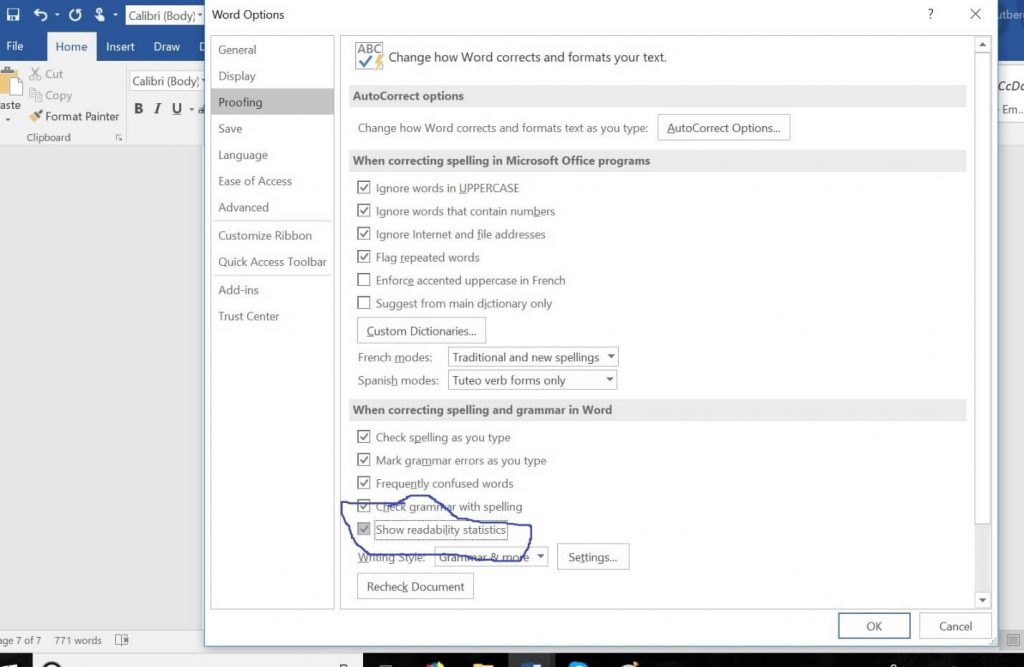
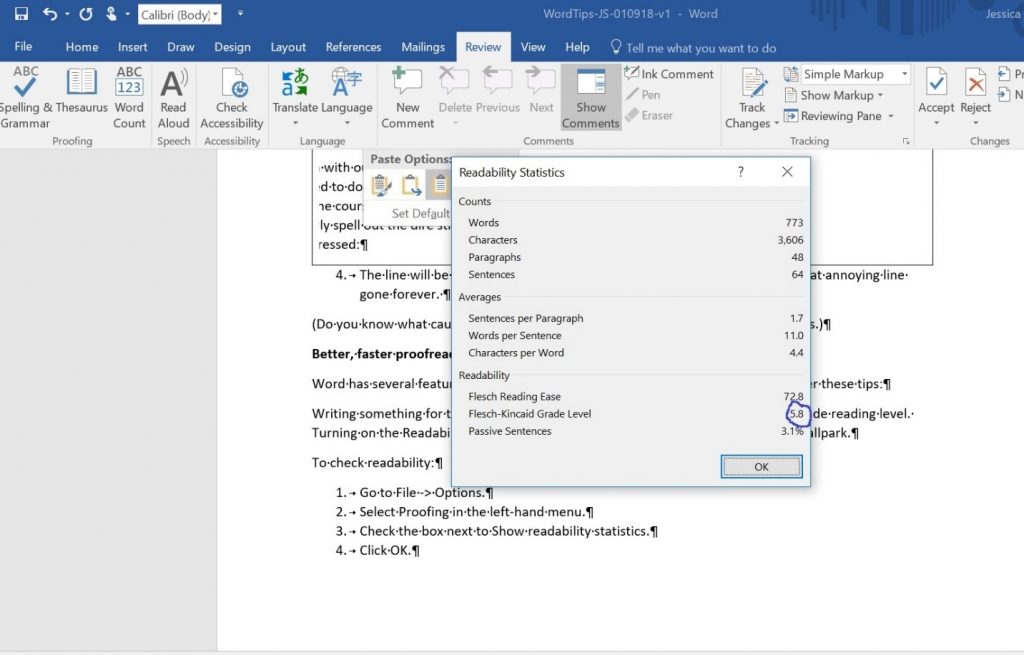

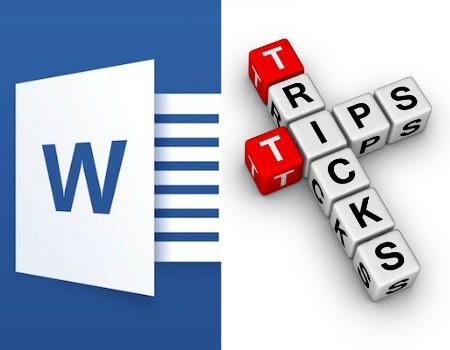
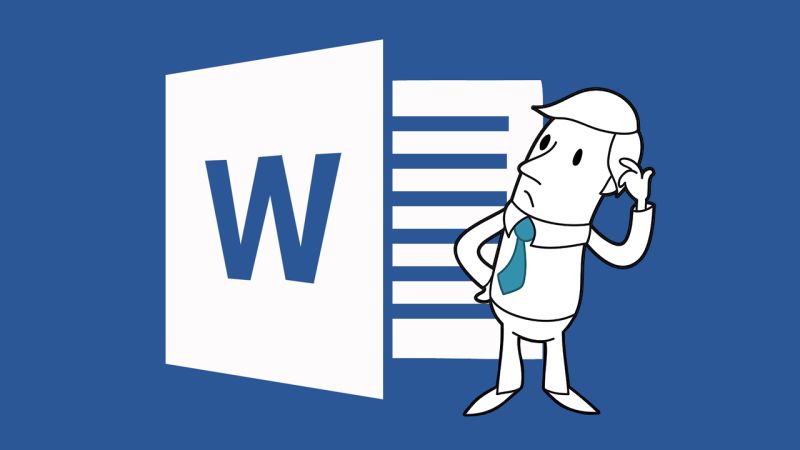
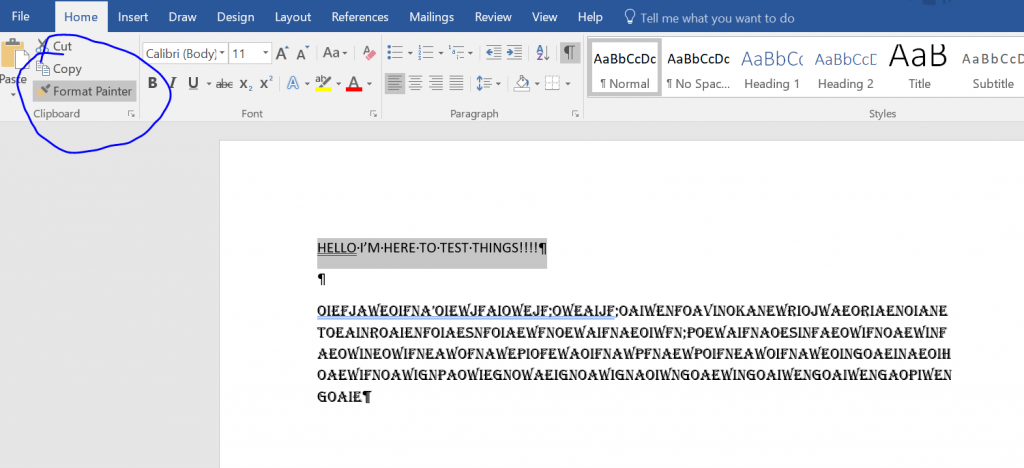


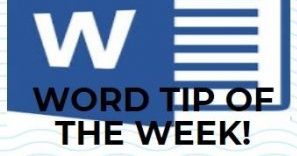















![Reblog this post [with Zemanta]](https://www.thewritersforhire.com/wp-content/HLIC/54e6a3db43b098ecbf5db09e027cb1c1.png)